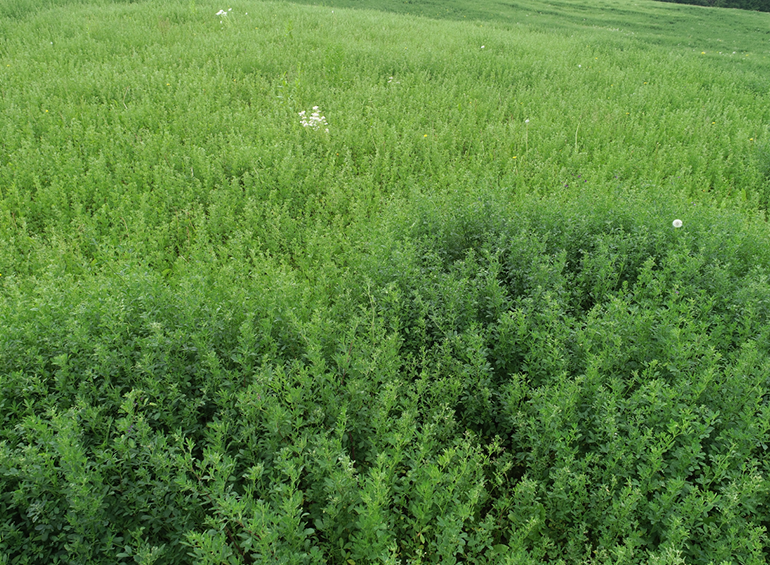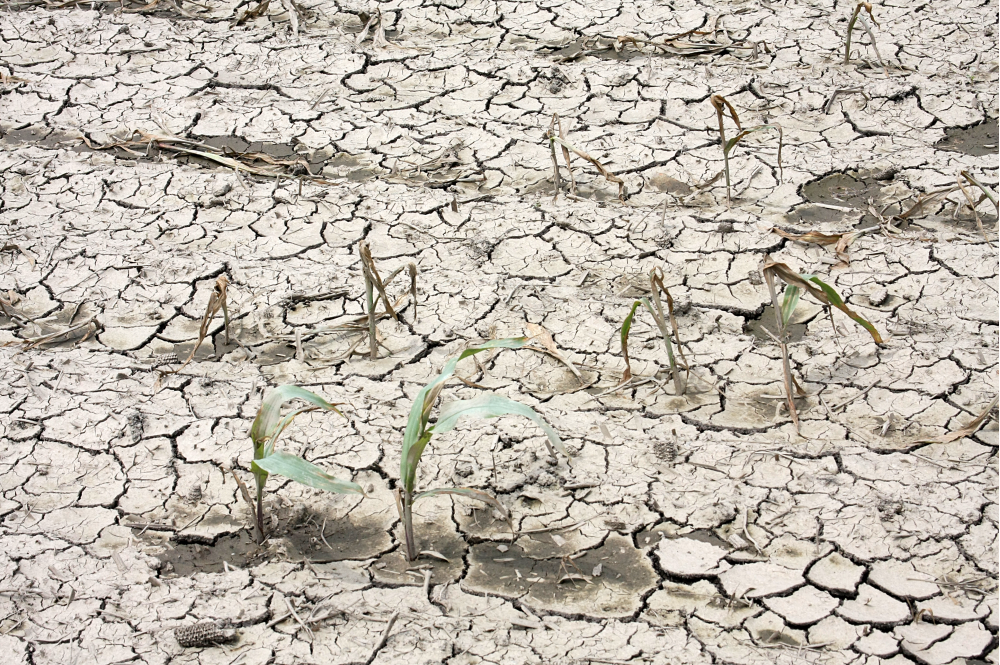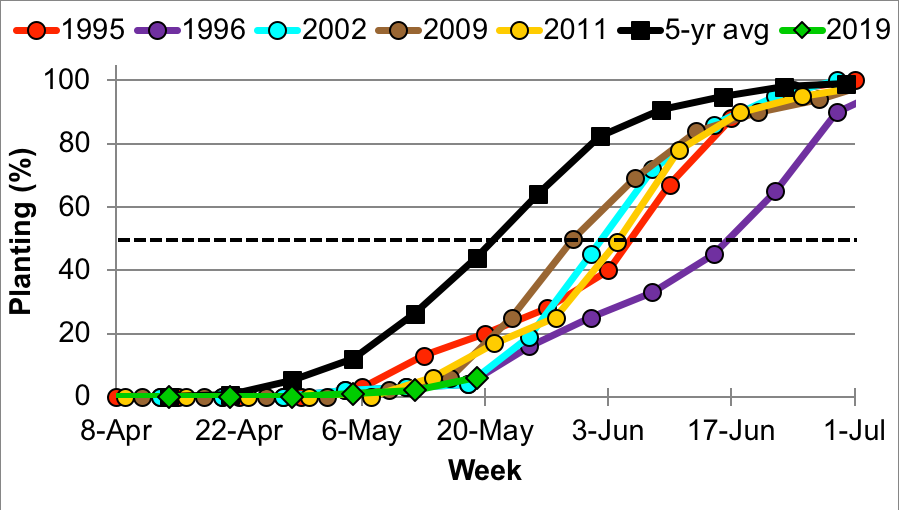During this incredibly challenging 2019 planting season, Indiana corn and soybean farmers are faced with difficult planting decisions. We have passed the June 5 date to begin electing prevented planting on corn acres, and the June 20 soybean date is quickly approaching. With more rain in the forecast, we could see substantial acreage across Indiana in this prevented planting scenario. Policy and market dynamics are further complicating these decisions. For farmers continuing to face delays due to saturated soils, prevented planting may appear to be a rather sour outcome in what is already a challenging agricultural economy. Can we turn these proverbial lemons into lemonade? Farmers with livestock or neighboring livestock operations in need of forage could look at generating some revenue from these prevented planting acres by seeding forage-type cover crops that could be harvested or grazed starting November 1, and still provide a full prevented planting payment (see[Read More…]
392 articles tagged "Agronomy Tips".

Many alfalfa fields in northeastern Indiana suffered serious winter injury. Statewide, alfalfa weevil damage was more common this year and control was difficult because of persistent spring rain. Timely forage seeding of perennial legumes and cool-season grasses this spring was not possible because of excessive rain. Continued rainfall has limited the ability to make hay on a timely fashion and forage quality will be compromised. A result of all of these concerns is that forage supplies in the Midwest USA will likely be reduced in 2019. Producers need to carefully consider all options to meet forage needs if winter injury and waterlogged soils reduced forage yield and quality.

As May transitions to June, many Indiana corn growers are faced with substantial acreage yet to plant. Statewide, as of May 26 (USDA-NASS, 2019), only 22% of the state’s corn crop was estimated to have been planted. That disappointing planting progress positions the 2019 planting season AT THE MOMENT just slightly ahead of the similarly slow 1996, which currently holds the unenviable record for the most delayed planting season in the past 40 years. AND, there is still a chance we will surpass (or should I say “fall behind”?) that record by the time this planting season is finished. In the remaining days of May, thunderstorms continued to rumble across the state… sometimes across the north… sometimes across the south… sometimes through the central counties. Unless a rapid shift from rainy to sunny, warm, and windy occurs soon, the prospects of serious planting progress through the first week of June[Read More…]
Planting cover crops on prevented planting acres can be a good way to improve soil health after the excessive water this spring and can help with weed control on otherwise fallow land.

Light green alfalfa in the background of the photo was adequate in all nutrients except S which was 0.14% – well below the critical level of 0.25%.

Many of us remember standing against the doorframe in our early years while our parents marked our height with a pencil to measure how much we had grown. Some of you may have spent more time in your youth standing in the corner, but that is between you and your parents

The consequences of flooding, ponding, and saturated soils on young corn depend heavily on the duration of the stress and temperatures.
To facilitate speedy planting between rain showers many growers are skipping starter fertilizer. What might be the consequences?

Soybean planting progress (or the lack there of) for Indiana and much of the Midwest is one of the slowest on record. Indiana soybeans normally reach 50% planted by May 20th, but we are only at 6% by the same period.

The number of 30-, 40-, and 60-ft wide (or larger) field crop planters across the U.S. Midwest is greater today than, say, twenty years ago. Certainly, individual farmers can plant more acres of corn and soybean per day with today’s large field equipment than they could twenty years ago.


